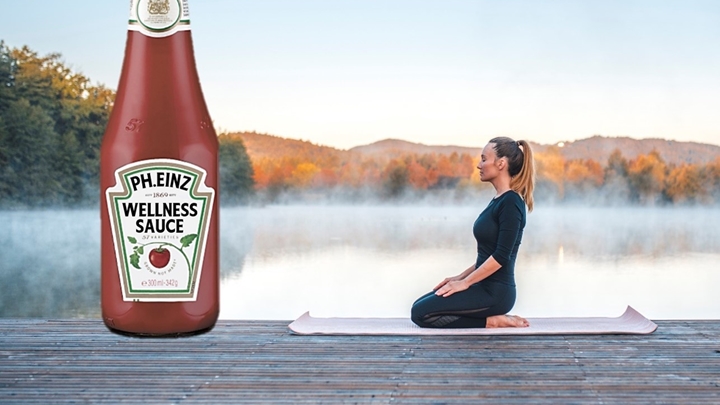Employer Brand to Consumer Brand: Should They Match?
Strava and Nike are seeing the value of employer brands that align with their products. Is this approach beneficial on both fronts?
As a fitness tracking app for running and cycling, Strava’s careers website leans heavily into the ideology of its service. ‘There’s always time for a workout,’ it states in the Balance section of its ‘ABCs’ of working for Strava. “We thrive on wholehearted efforts and the spirit of competition… No halfway, no hesitation.”
Such mantras wouldn’t be out of place on the app itself, striking a tone of determined resolve that would appeal to fitness buffs and those desperately willing themselves to get up off the couch. Wanting to express a culture of excitement and commitment on their careers website isn’t unusual, of course; businesses naturally want their platform to appear vibrant. But, much like their app, Strava prides itself in taking it a step further.
Onsite fitness rooms (with showers and a towel service), free yoga classes, weekly team workouts, bike storage, a $1,000 annual stipend for fitness gear and a $500 annual reimbursement for gym fees - there’s certainly no hesitation with Strava’s employee exercise initiatives.
Are Employees Part of the Product?
You cannot ignore the science at play with Strava's strategy. Companies that focus on employee wellbeing and exercise are more likely to improve productivity, retain staff and promote a positive image of their business that will appeal to new talent. However, Strava clearly wants its employees to have a deeper appreciation of fitness and, perhaps more importantly, to be invested in its product.
There is rational thinking behind this. Most obviously, employees will be more engaged in the success of a product if a company actively encourages its use. But with the rise of social media, employees have increasingly become public ambassadors for the company; each employee has their own network that will respond to each new personal best and every Snap after a gym routine.
If an employee is positive about the product and enthuses about the company online, then friends, families and followers are more likely to become customers in the process.
This may well be amplified for Strava, whose app relies upon social media shares to increase interest in its product. But other companies have also engaged with matching their employer brand to their consumer brand. Nike, for example, features the line ‘win as a team’ in bold letters on its careers website and features this quote from co-founder, Bill Bowerman: “if you have a body, you are an athlete.” Given that the Nike tick is emblazoned on many sports teams around the world, it’s a natural progression that the themes of unity and fitness play heavily in its employee value proposition.
This isn’t to suggest that the approach will work for everyone. As an example, the sports betting industry continues to grapple with how to increase gender diversity in a heavily male-dominated sector; simply leaning into sports betting culture and its laddish energy will likely drive away diverse hires and only exacerbate those concerns.
The Employer Brand & Consumer Brand Crossover
- Would your consumer brand be attractive to the talent that you want to acquire?
- If you promote the aspects of your workplace culture that align with your product output, how would this be beneficial to current and future employees?
- If employees are encouraged to engage with your products, how would this affect your brand visibility, your messaging and the strength of your product?
- Be cautious about shoehorning aspects of consumer branding into your employer brand. The pre-existing workplace culture may be more productive and appreciated by employees, and it may be better to reflect that.
When the Right Brand Meets the Right Employees
When it’s done right, it can be beneficial to both the needs of the business and the employees themselves. ‘Strava Week’ was held in March this year, the first time that many of the Strava team had the chance to meet other employees after the pandemic. It was a week off, a time for the employees to connect and engage in group challenges: swimming, hikes, beach-cruiser bike rides or – much less exhausting – board games.
On the Medium blog platform, Marc Aguilar discusses the story of his fellow employee, Karan Singh. Karan found himself roped into doing a bike ride up to the summit of Palomar Mountain, a 19 kilometre ride at a seven per cent gradient. He had never done a mountain climb before, and knew from the start that he would have to excuse himself after a few kilometres and turn around early.
Instead, he reached the summit. His legs burned with the effort, his lungs nagged at him to stop – but he pushed ever further onwards with his new friends, and Marc describes how Karan beamed from ear to ear upon reaching the top.
From their week of activities, Strava got a new voice to add to its EB messaging. Karan Singh got a memory he will never forget.


